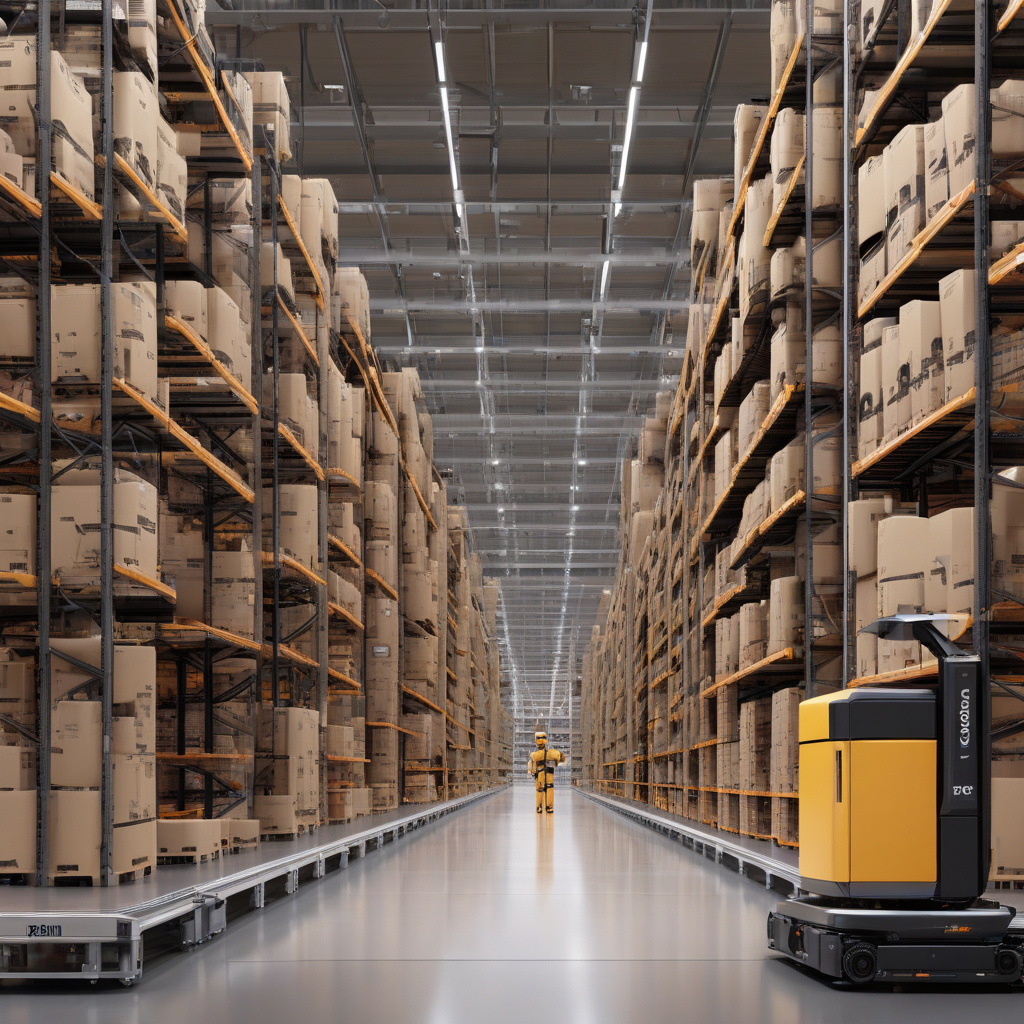Revolutionizing Warehouse Operations: Amazon’s Vulcan Robot
Amazon, the tech giant renowned for its innovative approach to logistics, has once again pushed the boundaries of automation with the introduction of its latest warehouse robot, Vulcan. Unlike its predecessors, Vulcan boasts a groundbreaking feature that sets it apart from traditional robots – the ability to “feel” objects it handles. This cutting-edge technology marks a significant advancement in the realm of robotics, offering a glimpse into the future of warehouse operations.
At the core of Vulcan’s capabilities lies its sophisticated sensory system, equipped with force sensors that enable the robot to discern when it comes into contact with an item. This tactile feedback mechanism not only enhances Vulcan’s precision in handling goods but also opens up a realm of possibilities for more nuanced interactions within the warehouse environment. By incorporating a sense of touch, Amazon’s Vulcan is poised to revolutionize the way tasks are performed in fulfillment centers.
Imagine a scenario where Vulcan, with its two agile arms, seamlessly navigates through the storage compartments of Amazon’s vast warehouses, rearranging items with a level of dexterity and finesse previously unseen in robotic systems. The integration of force sensors empowers Vulcan to delicately manipulate objects, optimizing the organization of goods and streamlining the logistical processes within the facility.
This groundbreaking development underscores Amazon’s relentless pursuit of efficiency and innovation in its operations. By investing in advanced robotics technology such as Vulcan, Amazon not only elevates the capabilities of its warehouse automation systems but also sets a new standard for the industry as a whole. The fusion of robotics and tactile sensing represents a paradigm shift in how machines interact with their environment, paving the way for enhanced productivity and operational excellence.
Furthermore, the deployment of Vulcan exemplifies Amazon’s commitment to staying at the forefront of technological advancements. In a landscape where competition is fierce and consumer expectations are constantly evolving, embracing cutting-edge solutions like Vulcan is not just a strategic move but a necessity for staying ahead in the market. By harnessing the power of tactile sensing technology, Amazon reinforces its position as a trailblazer in the integration of robotics and artificial intelligence.
As Vulcan enters the realm of warehouse operations, its impact is poised to be felt across the industry. The ability to “feel” objects represents a significant leap forward in the evolution of robotics, offering a glimpse into a future where machines possess a heightened sense of awareness and adaptability. Amazon’s Vulcan robot stands as a testament to the transformative potential of technology, reshaping the landscape of logistics and setting new benchmarks for efficiency and innovation.
In conclusion, Amazon’s unveiling of Vulcan, the warehouse robot with a sense of touch, heralds a new era in automation and robotics. By imbuing machines with the ability to perceive and interact with their surroundings on a tactile level, Amazon is not just redefining warehouse operations but charting a course towards a more sophisticated and responsive future. With Vulcan leading the way, the integration of tactile sensing technology is set to revolutionize the way we think about automation, pushing the boundaries of what is possible in the realm of logistics and beyond.

